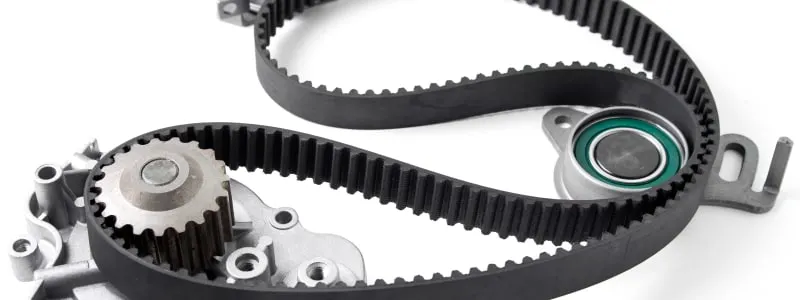How Much Does It Cost To Change A Cambelt

The cambelt, or timing belt, is a critical component in many internal combustion engines. Its primary function is to synchronize the rotation of the crankshaft and the camshaft(s), ensuring that the engine's valves open and close at the precise moments relative to the piston's position. Failure to replace a worn or damaged cambelt can lead to catastrophic engine damage, often resulting in bent valves, damaged pistons, and potentially a completely ruined cylinder head. Therefore, understanding the costs associated with cambelt replacement is crucial for any car owner.
Factors Influencing Cambelt Replacement Costs
The cost of replacing a cambelt can vary significantly based on several factors. These include:
- Vehicle Make and Model: Certain makes and models, particularly those with more complex engine designs or less accessible cambelt locations, will naturally incur higher labor charges. Luxury vehicles and high-performance cars often have specialized cambelt replacement procedures.
- Engine Type: The layout of the engine (inline, V-configuration, etc.) and the number of camshafts (single overhead cam - SOHC, double overhead cam - DOHC) affect the complexity of the job. DOHC engines, with their multiple camshafts, usually require more intricate and time-consuming replacement procedures.
- Parts Quality: The choice of cambelt and associated components (tensioners, idler pulleys, water pump) significantly influences the overall cost. Opting for OEM (Original Equipment Manufacturer) parts or reputable aftermarket brands like Gates or Dayco is generally recommended for reliability and longevity, though they come at a premium.
- Labor Rates: Labor costs vary widely depending on the geographic location and the type of repair shop (dealership, independent garage, mobile mechanic). Dealerships typically have higher labor rates than independent garages.
- Additional Services: Often, mechanics will recommend replacing other components, such as the water pump, tensioners, and idler pulleys, concurrently with the cambelt. This is because these parts are often located within the timing belt system, and replacing them at the same time can save on future labor costs.
Estimating the Cost: A Breakdown
To provide a clearer picture, let's break down the typical costs involved:
- Cambelt Kit: A cambelt kit usually includes the cambelt itself, tensioners, and idler pulleys. These kits typically range from $100 to $500, depending on the vehicle and brand.
- Water Pump: If the water pump is driven by the cambelt (a common design), it's almost always recommended to replace it simultaneously. Water pumps typically cost between $50 and $300. Neglecting to replace a water pump at the same time as the cambelt can lead to future coolant leaks and potential engine overheating, requiring a repeat of the labor-intensive cambelt replacement procedure.
- Labor: Labor costs are the most variable factor. A simple cambelt replacement on an easily accessible engine might take 3-4 hours, while a more complex job could take 8 hours or more. At a labor rate of $75 to $150 per hour, this translates to a labor cost of $225 to $1200.
Therefore, the total cost for a cambelt replacement, including parts and labor, can range from $400 to $2000 or more. It's always advisable to get multiple quotes from different repair shops to compare prices and services.
Preventative Maintenance and Avoiding Catastrophic Failure
The best way to avoid the high cost of emergency cambelt replacement (and potential engine damage) is to adhere to the manufacturer's recommended maintenance schedule. Consult your owner's manual for the specified interval, which is typically between 60,000 and 100,000 miles or every 5 to 7 years, whichever comes first. Regular inspections can also help identify signs of wear and tear, such as cracks, fraying, or excessive slack in the belt.
Alternative: Timing Chains
It's worth noting that some engines use timing chains instead of cambelts. Timing chains are generally more durable and have a longer lifespan than cambelts, often lasting the life of the engine. However, they can still fail, and replacement can be just as costly, if not more so, due to the complexity of the internal engine components involved. While less frequent, timing chain replacement should still be factored into long-term vehicle maintenance considerations.
In conclusion, cambelt replacement is a significant maintenance item that should not be overlooked. Understanding the factors influencing the cost and proactively adhering to the recommended service intervals can save you significant money and prevent potentially catastrophic engine damage.
